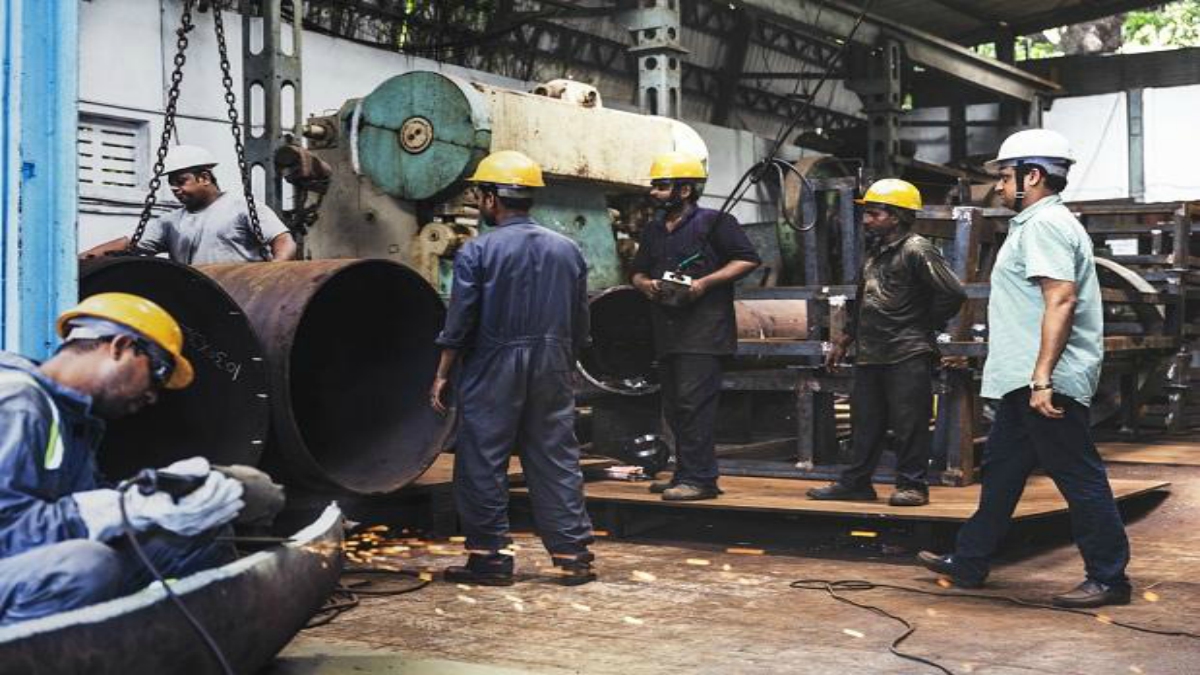
The Industrial Relations Code Bill was passed last month by both houses of Parliament and received presidential assent on 28 September 2020, thus becoming law, amalgamating, adding, replacing, and updating statutes dating back to, or in some cases preceding, India’s Independence. As is the case with any law, the laws pertaining to industrial disputes were an embodiment of their times. The manifestations of the needs of a society, and ailments impeding the harmony between its business community and workers, evolved over time. Justice was for long being done through amendments to the existing laws, and the courts stepping in through their pronouncements balancing equity, but with almost a 100 years elapsing since the passing of the Trade Unions Act and nearly 75 for the Industrial Disputes Act, the statutes needed an overhaul. The Industrial Relations Code, to widespread acclaim, thus set out to codify into a written law, the developments in practice, thought leadership, and knowledge gained from years of these laws holding the field.
The Statement of Objects and Reasons appended to the new Industrial Relations Code states that the Industrial Relations Code amalgamates the provisions of the provisions of three statutes, the Trade Union Act, passed in 1926, the the Industrial Employment (Standing Orders) Act, passed in 1946, and the Industrial Disputes Act, passed in 1947. Basically, the Industrial Relations Code consolidates the provisions of law pertaining to industrial disputes in one statute, thus simplifying a structure for litigants, who would otherwise have to take recourse to different laws and proceedings to obtain relief.
From the perspective of administering the law, one single code avoids the confusion of different definitions and authorities who may well have adjacencies or overlaps of functionality, a significant benefit for the worker who seeks shelter under those. The term Trade Dispute as defined in the Trade Unions Act, 1926, for example, is very similar to the Industrial Disputes definition in the Industrial Disputes Act, 1947 and both definitions have now been merged into a single one in the Industrial Relations Code, permitting even a single worker to raise an industrial dispute with regard to his service issues and wages. It is also worthwhile remembering that changes to one consolidated Industrial Relations Code would require far less time than that necessary for amending three sets of laws.
The breadth of changes to the Industrial Relations Code is visible from the significant changes made to the definitions sections there. The workman and his relationship with his employer are the focal point of any industrial relations, and it is worthwhile to begin with how the Industrial Relations Code defines a worker. The new definition now extends the protection of the industrial code to new categories, i.e., the “working journalist” and “sales promotion employees”. These terms are borrowed by the Industrial Relations Code from existing laws, the working journalist being one who works parttime or full-time in one or more newspapers but does not cover anyone working in a managerial or supervisory capacity.
The sales promotion employee similarly is one who provides sales promotion services in an establishment but like in the case of the working journalist, does not operate in a managerial or supervisory capacity. Carrying this thread further, it is not as if the Industrial Relations Code has a one-size-fits-all approach to such managerial level employees. The Industrial Relations Code expressly understands that there will be managerial staff who earn lesser salaries and who too would need the protection of the Industrial Relations Code in their dealings with the employer. Managerial staff earning up to Rs 15,000 a month therefore fall within the purview of the term workmen and are conferred the benefits of the Industrial Relations Code accordingly. Since over time, as base salaries increase but the need for protection for the managerial staff continues, the lawmakers have presciently retained the right to increase the Rs 15,000 threshold when the need arises.
A much debated concept of what are called fixed-term contracts also saw the light of the day in the Industrial Relations Code. Essentially, fixed-term contracts, as the name suggests, allow an employer to appoint a worker for a specific period of time, agreed between such worker and the employer. These contracts are typically useful for workers looking for seasonal work and engagement, and for employers who have similar requirements for hiring workers for specific periods. Employers, before the passing of the Industrial Relations Code, would typically not hire workers despite a need, just because they would not want to deal with issues of terminating a worker and facing the rigours of law.
By introducing the concept of a fixedterm contract in the law itself, the Industrial Relations Code recognises the fact that the employers and the workers can engage for such period of time as they of their own volition want to, with the Industrial Relations Code mandating the same protection of wages, emoluments, and benefits available to a regular employee at that establishment. The Industrial Relations Code in fact specifically does not include the fixedterm contract within the purview of the term retrenchment, which in effect would mean that a worker cannot claim to have been retrenched once his contract term came to an end. It would be a simply be a case of two entities resolving their issues in terms of their mutual understanding.
One of the interesting departures from the Industrial Disputes Act, 1947 is the deletion of the phrase “public utility services”. Public utility covered services like railways, ports, power, water, sanitation and posts and telegraphs, for which the old Act had a special place and specific protection, and a number of its provisions such as those related to conciliation were targeted at them. The most significant of these was that a worker in a public utility service could not go on strike without providing a notice for such strike. The Industrial Relations Code has now extended this for all establishments, and a worker now must provide notice before going on strike, irrespective of whether he works in a public utility service or not. The Old Industrial Disputes Act provided that no employer in a public utility service could lock out his workers without providing notice. This obligation to provide notice now applies to the employer in a non-public utility service as well, the benefit accorded earlier only to a public utility service now broad-based across industry.
The decades-old definition of the word “strike” also took a modification from practice. The Industrial Relations Code specifically considers 50% of the workmen collectively applying for and staying away from work by resorting to mass casual leave on a given day as a strike, and the Industrial Relations Code becomes applicable to such an event as well.
The Industrial Relations Code obviously incorporates a lot more changes than what has been discussed above. Its importance lies in the fact that it seeks to codify years of labour law practice and also seeks to address concerns of both the worker and the employer, thus taking a holistic and a balanced view of their respective rights and obligations. The Industrial Relations Code will obviously undergo changes as practitioners put it to use and test its robustness, and also when new situations seeking redressal arise. To the extent it simplifies the law today, compliance of law should be a big gain for the country.
Joydev Sengupta is a practising lawyer, specialising in laws relating to supply chain financing, digital lending and payment systems. The views expressed are personal.















